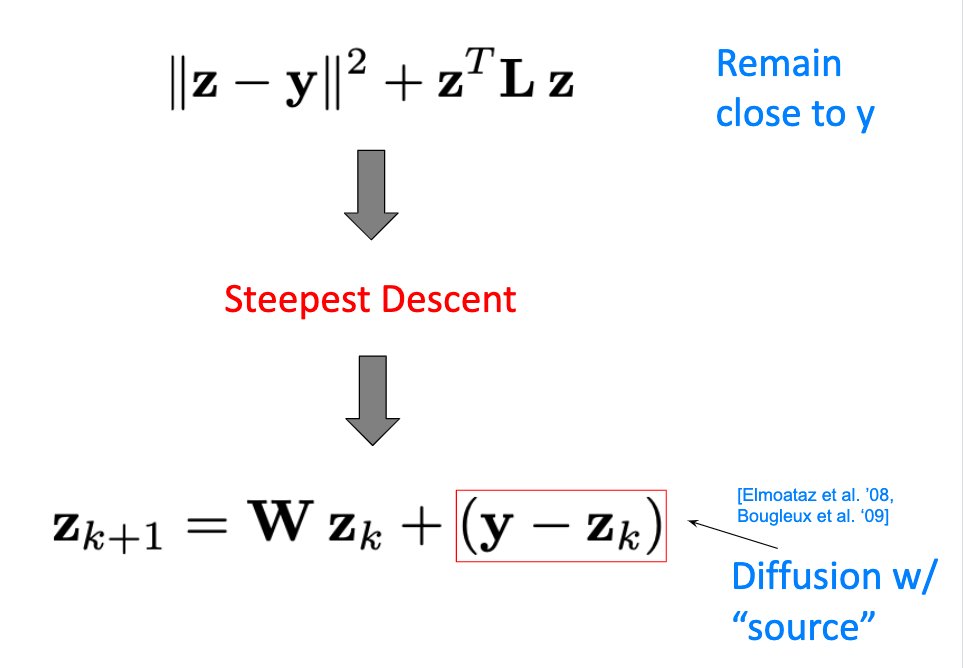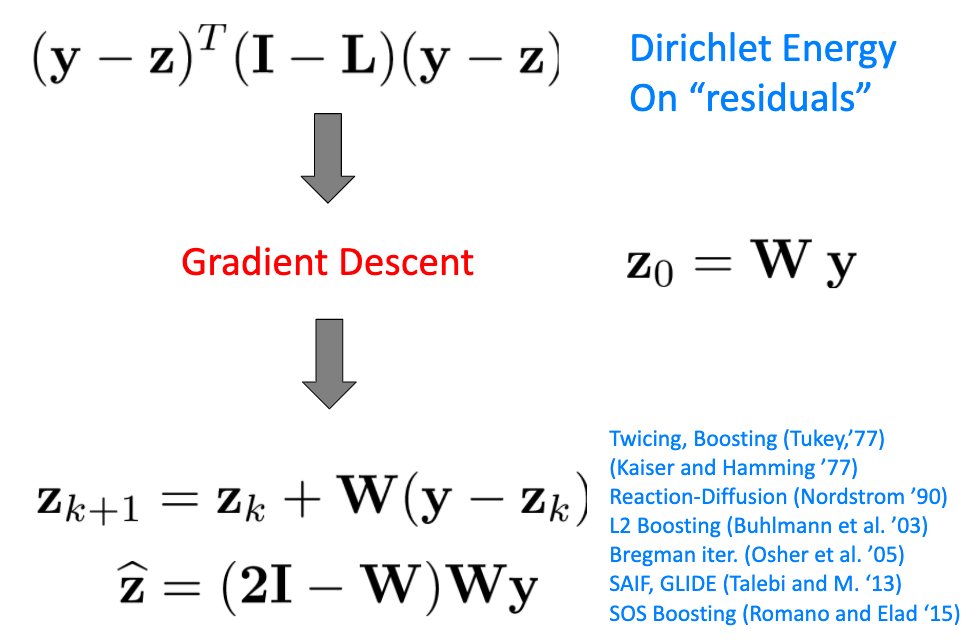1/8 What does it mean to filter an image (or signal)? Often we choose, or design, a set of weights and apply them to the input image. But what loss/objective function does this process optimize (if any)? Should we care?
2/8 We can write such filters conveniently as matrix-vector operations. Scan z, y, and the corresponding weights into vectors and you have a tidy expression relating all output pixels to all input pixels. If the filter is local (has a small footprint), most weight will be zero
3/8 The filter z = Wy can be thought of as one step in an iterative process (a diffusion) involving repeated applications of W. A steepest descent step with unit step size, on some yet to be determined loss function f(z). We can identify the gradient of the implicit loss easily
4/8 To find f(z) explicitly, we could integrate the expression for f(z). But the integration step works ONLY if W is symmetric -- that& #39;s because we are integrating the gradient of a *scalar function*, which must be curl-free. A
symmetric W ensures integrability.
symmetric W ensures integrability.
5/8 L = I-W is the Laplacian  https://abs.twimg.com/emoji/v2/... draggable="false" alt="👉" title="Right pointing backhand index" aria-label="Emoji: Right pointing backhand index">
https://abs.twimg.com/emoji/v2/... draggable="false" alt="👉" title="Right pointing backhand index" aria-label="Emoji: Right pointing backhand index">
Symm filter W is a one-step gradient descent on the Dirichlet Energy f(z). But... If W is not symmetric we have:
* No tidy optimality.
* No Bayesian interpretation.
* W is "inadmissible": a nearby symm. filter exists w/ better MSE (Cohen & #39;66)
Symm filter W is a one-step gradient descent on the Dirichlet Energy f(z). But... If W is not symmetric we have:
* No tidy optimality.
* No Bayesian interpretation.
* W is "inadmissible": a nearby symm. filter exists w/ better MSE (Cohen & #39;66)
6/8 The Laplacian (and Dirichlet Energy) can also be used as regularizers. Say we want to filter with W while remaining close to the input, in the L2 sense. This gives a discrete "diffusion with source" process.
7/8 The Dirichlet energy can also be built on the "residuals" of the filtering process: (y-z). This gives rise to many cool ideas like boosting, and reaction-diffusion, etc. that are scattered across the statistics, machine learning, graphics, imaging, and physics literature.

 Read on Twitter
Read on Twitter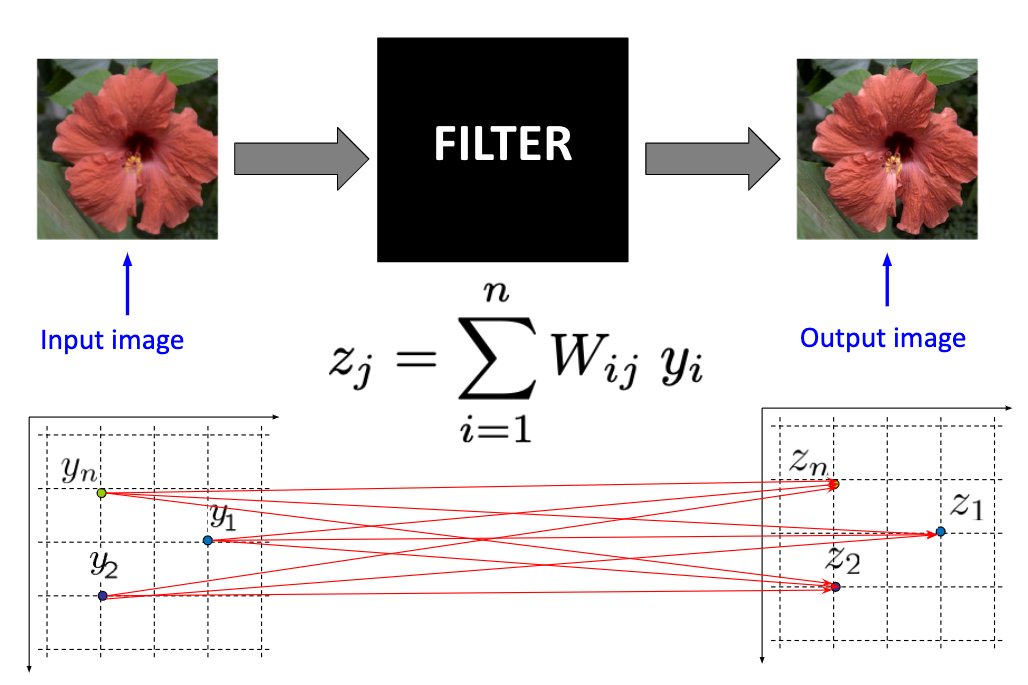
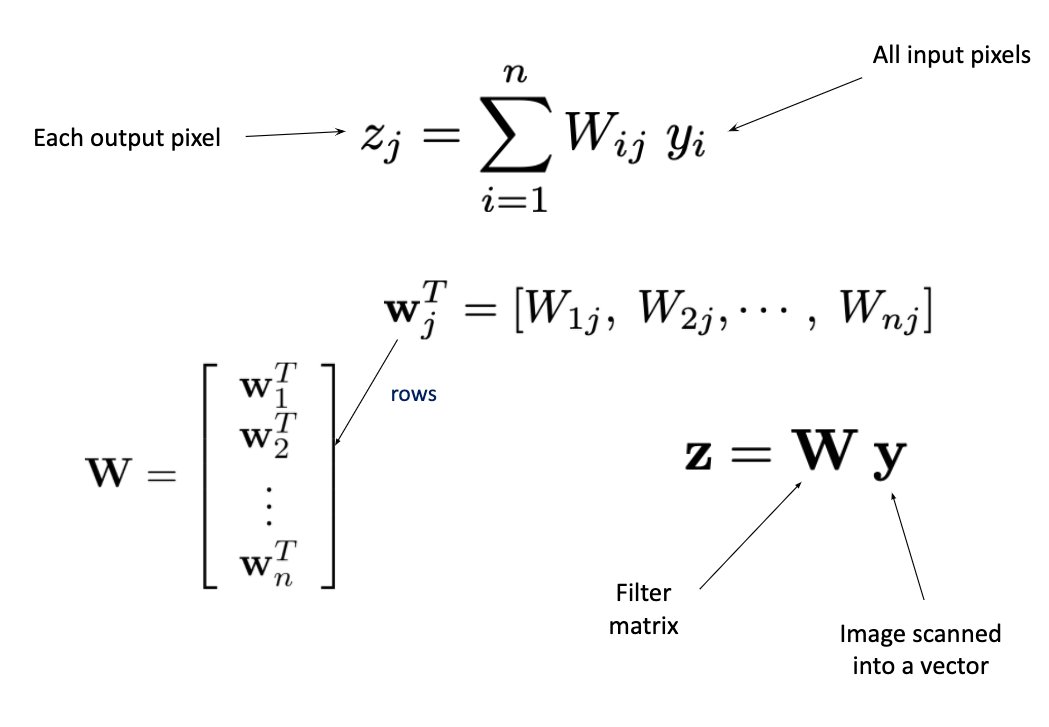
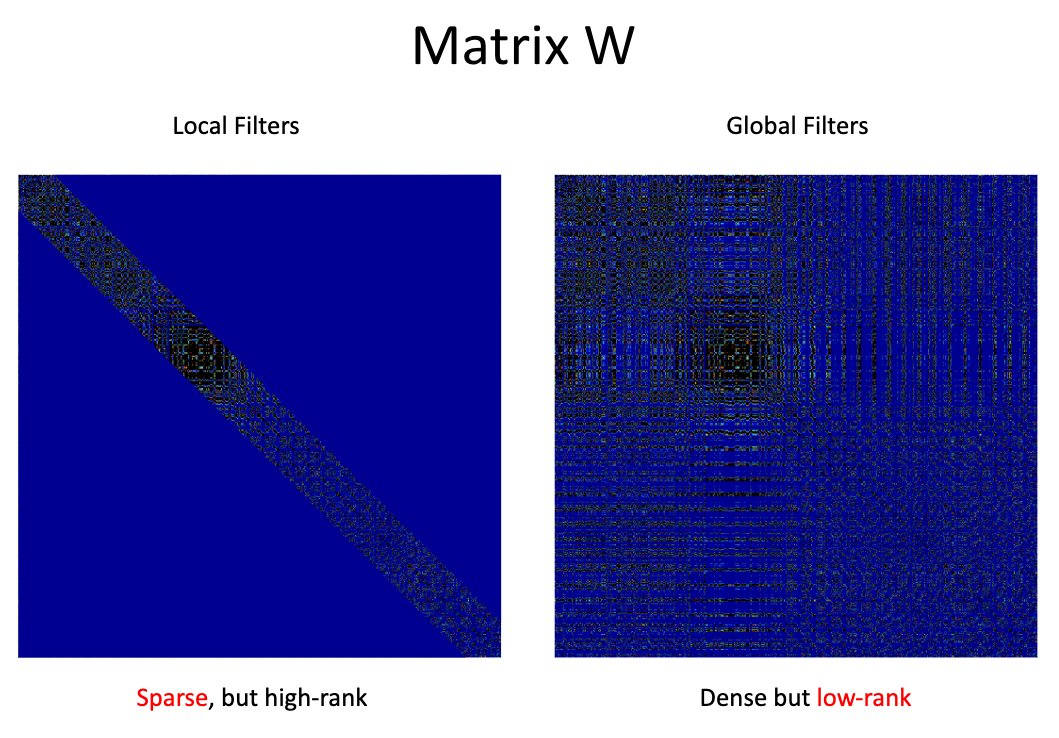
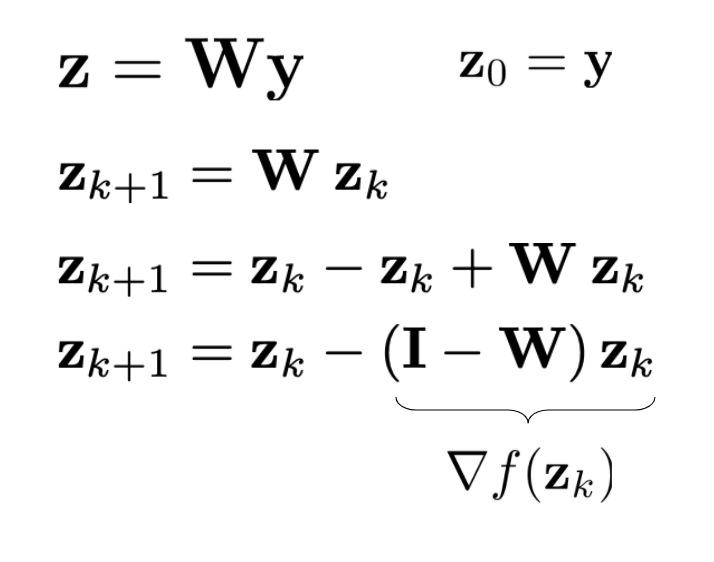
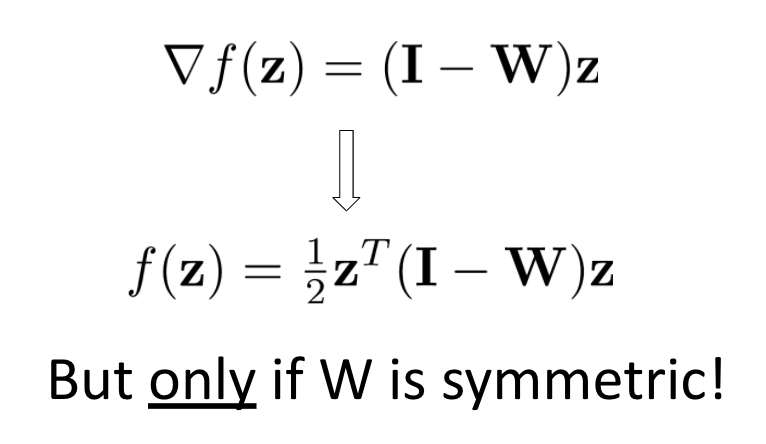
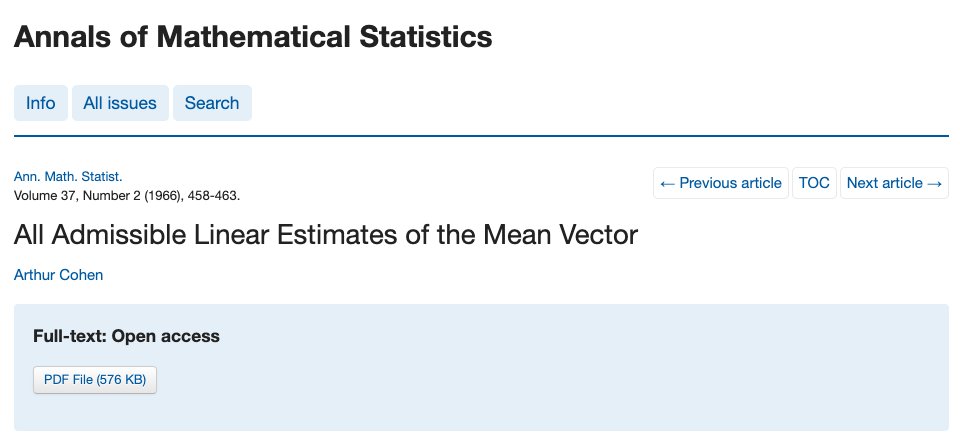 Symm filter W is a one-step gradient descent on the Dirichlet Energy f(z). But... If W is not symmetric we have: * No tidy optimality. * No Bayesian interpretation. * W is "inadmissible": a nearby symm. filter exists w/ better MSE (Cohen & #39;66)" title="5/8 L = I-W is the Laplacian https://abs.twimg.com/emoji/v2/... draggable="false" alt="👉" title="Right pointing backhand index" aria-label="Emoji: Right pointing backhand index"> Symm filter W is a one-step gradient descent on the Dirichlet Energy f(z). But... If W is not symmetric we have: * No tidy optimality. * No Bayesian interpretation. * W is "inadmissible": a nearby symm. filter exists w/ better MSE (Cohen & #39;66)" class="img-responsive" style="max-width:100%;"/>
Symm filter W is a one-step gradient descent on the Dirichlet Energy f(z). But... If W is not symmetric we have: * No tidy optimality. * No Bayesian interpretation. * W is "inadmissible": a nearby symm. filter exists w/ better MSE (Cohen & #39;66)" title="5/8 L = I-W is the Laplacian https://abs.twimg.com/emoji/v2/... draggable="false" alt="👉" title="Right pointing backhand index" aria-label="Emoji: Right pointing backhand index"> Symm filter W is a one-step gradient descent on the Dirichlet Energy f(z). But... If W is not symmetric we have: * No tidy optimality. * No Bayesian interpretation. * W is "inadmissible": a nearby symm. filter exists w/ better MSE (Cohen & #39;66)" class="img-responsive" style="max-width:100%;"/>
